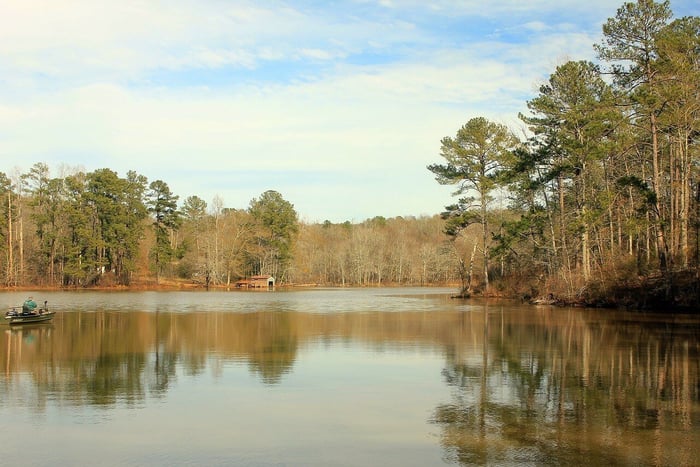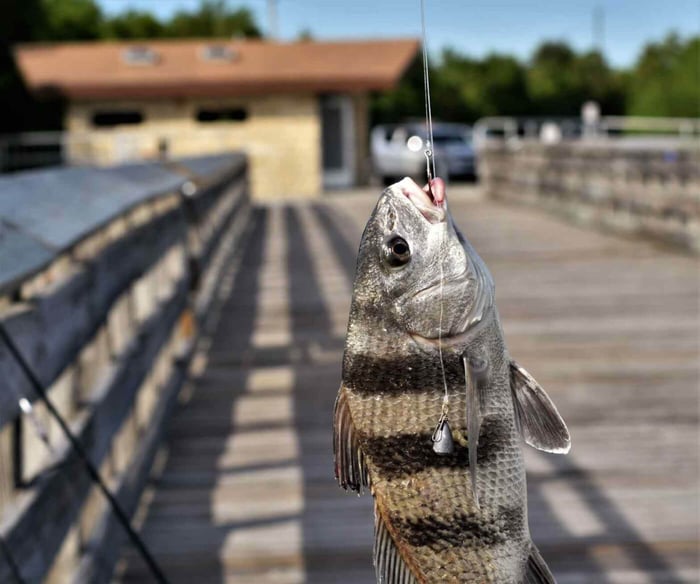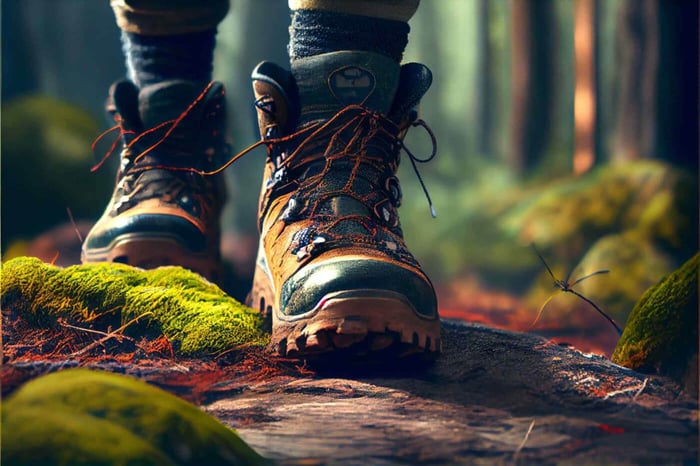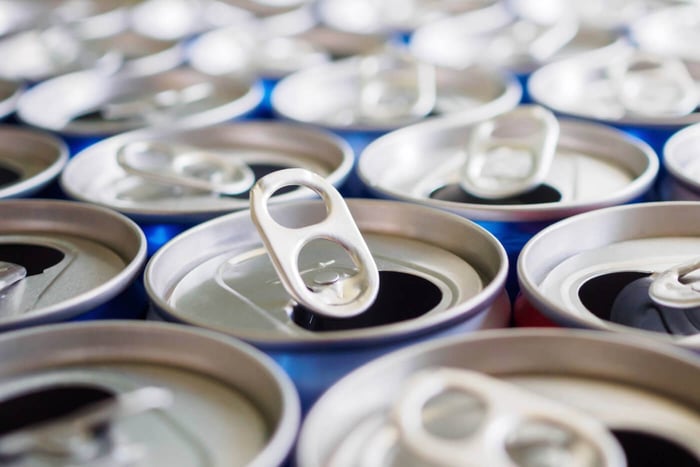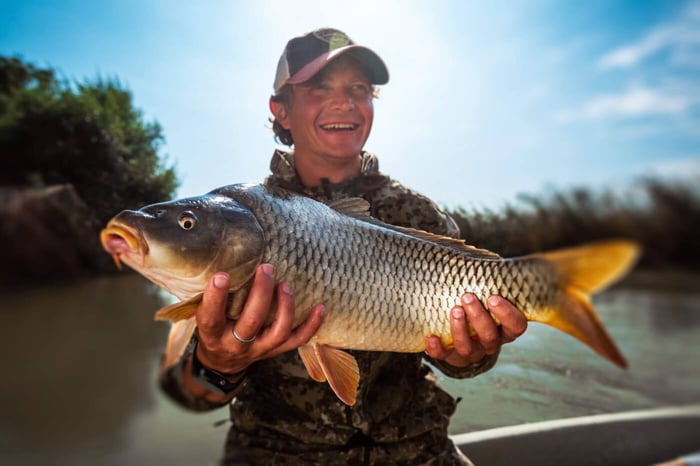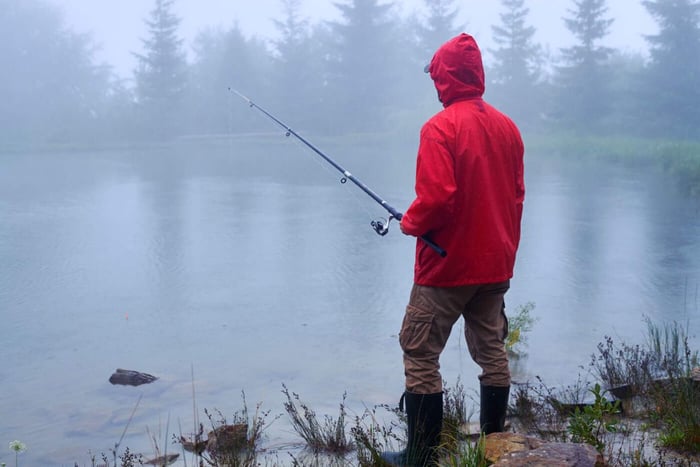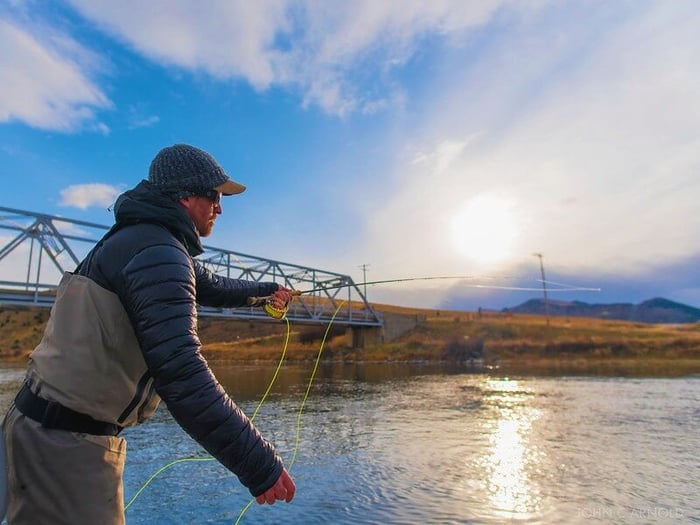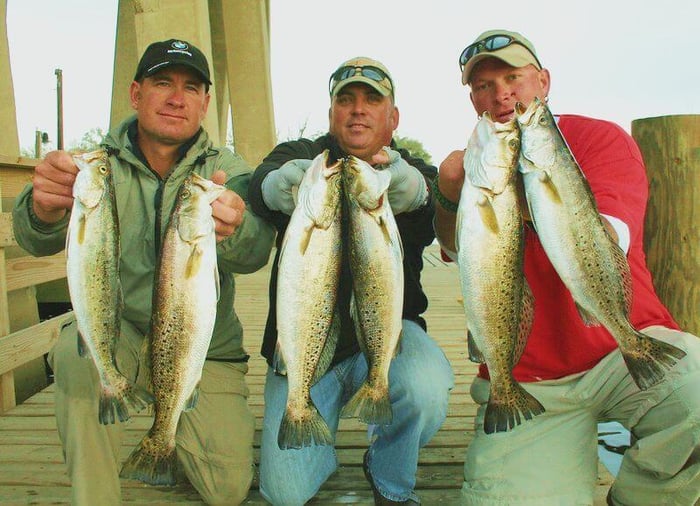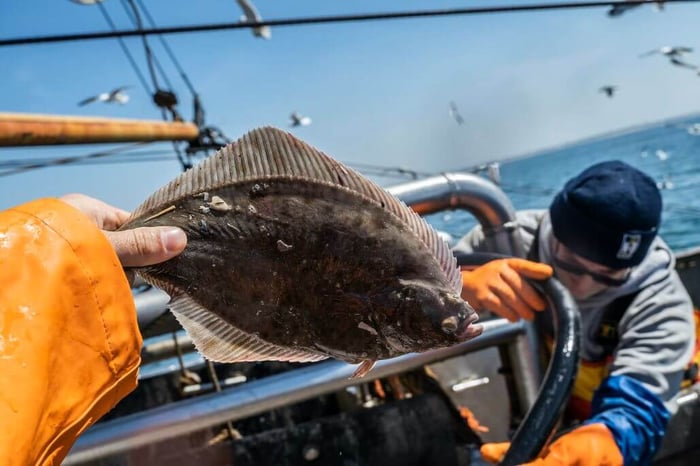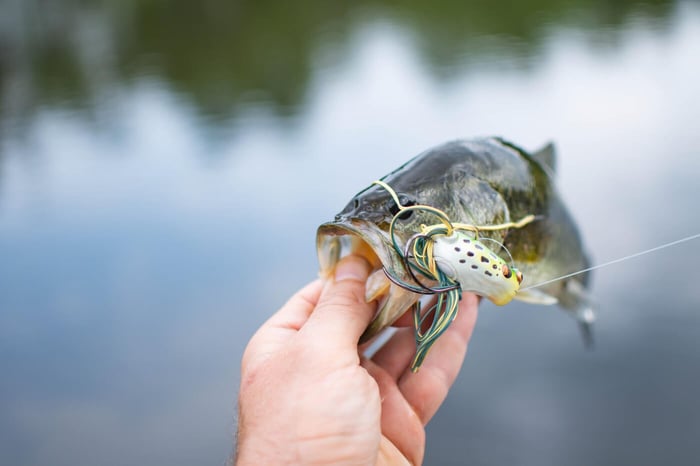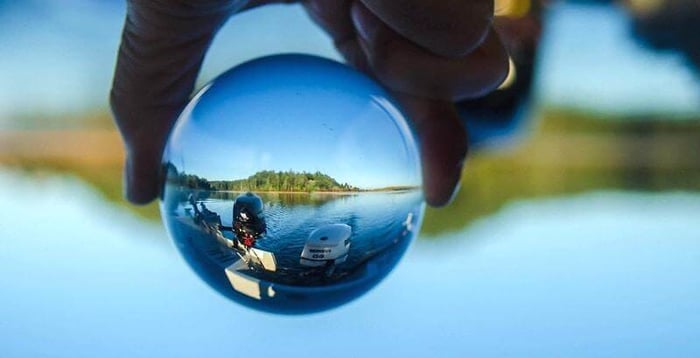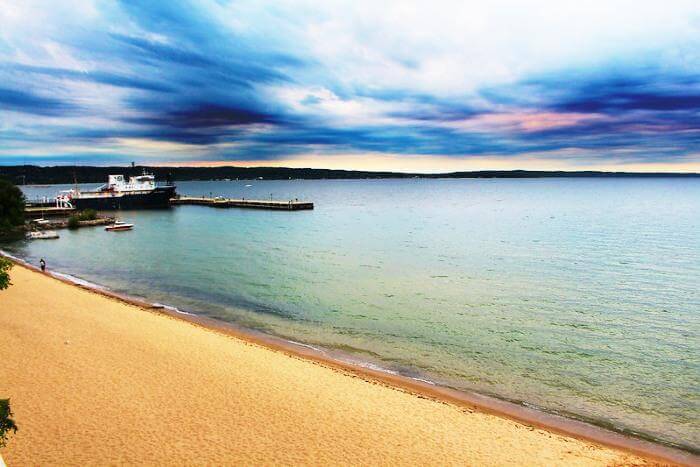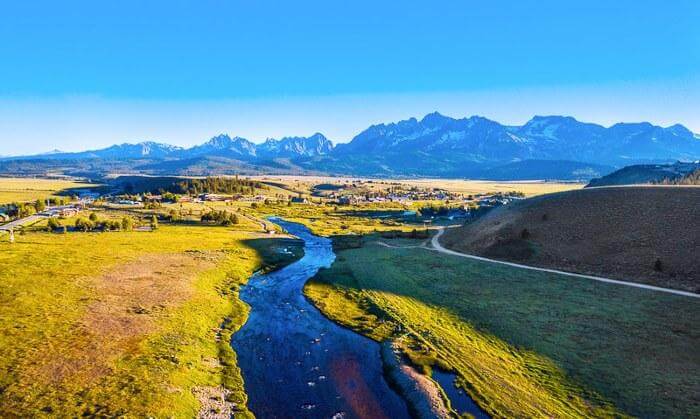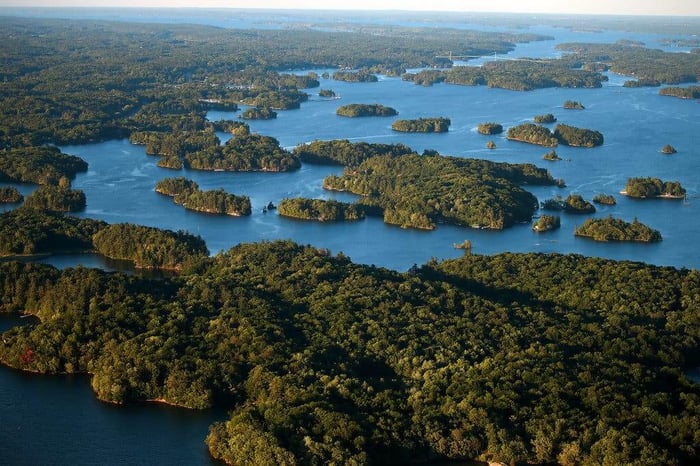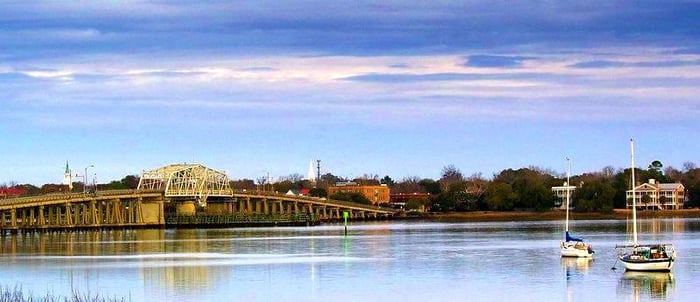ALL ABOUT YELLOW BASS FISHING

The yellow bass is a scrappy fighting fish well-known among light-tackle and panfish anglers. Its flesh is white, flaky, and a better catch in terms of taste than the infamous white bass. If you see a fish with brilliant yellow sides and evidently irregular stripes, it will most likely be a yellow bass.
You can also take note of the runs of the stripe pattern. If out of all six to seven stripes, three to four stripes lie underneath the horizontal line, which looks broken or hindered toward the tail, then you can't be any more sure that it is indeed a yellow bass.
You can typically catch yellow bass along cliffs and steep shore banks, gradual shores, inlets, outlets, and islands of sand bars. Some bass fish also reside in the open water or settle in the piers, docks, and pilings. If you look closely, you may also want to check them out in spring holes, walkways, bridges, freshwater lakes and ponds, holes, inside turns and coves, or lily pads to strike your catch. While at it, you can also look for yellow bass along overhanging trees and bushes, points and break lines, shoreline shallows, sunken objects, and even freshwater wee beds.
The most effective bass-fishing methods are drift fishing, trolling, still fishing, fly fishing, bait casting, and spin casting. You can also use bait to earn your catch faster. You can lure the fish by dropping flies, jigs, small minnows, spinner baits, insects, leeches, plugs, and spoons into the water.
I know what you're thinking; too much information, right? Don't worry; in this article, we'll go over them individually. So, prepare your gear for your next yellow bass adventure.
THE DIFFERENT FISHING METHODS TO CATCH YELLOW BASS
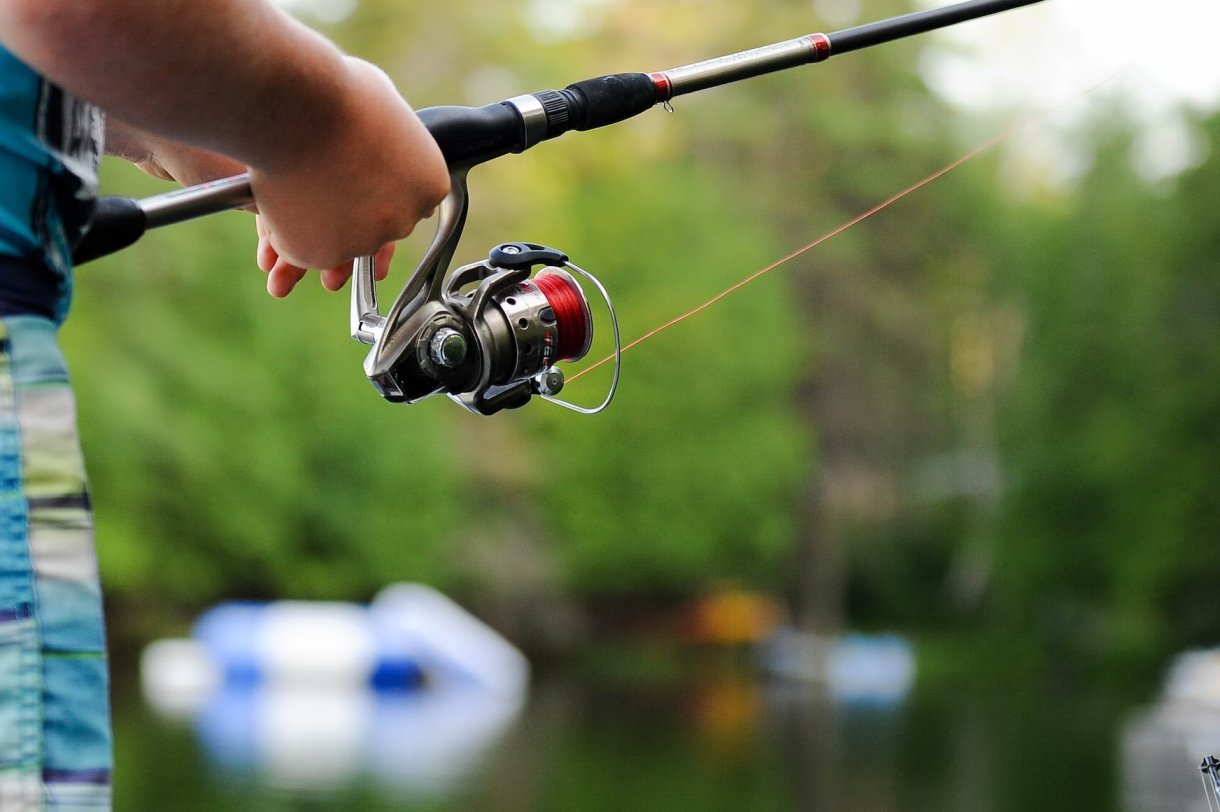
There are different ways to catch a yellow bass fish. Listed below are the ones that are proven to be more effective methods to utilize than the rest:
Drift Fishing
Drift fishing requires a heavy load to get there; the boat's movement gradually moves the bait through the water, luring down. Howe. To do this, you can use a bobber or a popping plug.
Needless to say, knowing how to drift fish will enable you to fish over various fish territories, as your boat can freely float with the water current or along the wind. Moreover, the drift fishing rig you are using can be set up to fish on the bottom or at any selected depth. Of course, this is only possible if your drift fishing setup includes a bobber or float.
Now, let's get critical in choosing which drifting bait to use. Generally, natural baits work best. However, if you use jigs, lures, and other artificial flies, they can generate good results, too. So, as soon as you figure out how to drift fish, you can freely and easily drift fish on ponds, lakes, rivers, and streams whenever and wherever you want.
To end, there are only two basics of drift fishing that you ought to remember: (1) both live and cut baits can be floated with a load on your line to keep it close to the base or suspended underneath a bobber or popping stopper, and (2) the only difference between drifting a lure and base fishing is movement.
Trolling
Next on the list is catching yellow bass using the trolling method. In this method, one or more fishing lines containing lures are drawn through the water. Trolling includes dragging lures behind the boat as it moves forward gradually yet surely.
This, despite the multitude of trolling lure rigging techniques you want to use, remains effective because the motion of the boat consistently conveys action on the lures, regardless of whether you are using spoon lures, surface lures, plugs, swimbait, or spinnerbait. Ultimately, trolling with lures is the way to catch some bass, including big game fish such as tuna and marlin.
In addition, trolling with lures is one of the most popular methods of fishing while boating. Furthermore, you can choose to use rig trolling lures in freshwater or saltwater.
Still Fishing
Stillwater fishing, also called still fishing, is a simple yet effective fishing technique utilized by both beginners and professionals in the sea. This fishing method will teach you how to catch more fish in no time.
Contrary to the usual practice of cast and retrieve fishing, which practically demands a continuous movement of the line, most new anglers or beginners start with Stillwater fishing just to get the hang of it. Basically, it is when you put your bait in the water and wait for the fish to find it. It sounds pretty simple. Truly, if you are a beginner, this may be the way to kickstart your fishing hobby.
However, it is not a no-sweat activity. In fact, Stillwater fishing may also become challenging, especially when fly fishing, because casting and retrieving the fly rod can disturb the surface.
Still, you don't need to worry because there are still water fly fishing techniques that new anglers can use to slowly get them into the transition process. On a side note, this may be especially hard when you do fly fishing for trout in still water.
Fly Fishing
Before you begin fly fishing, you need to take some time to think about the ways you want to fish and the fish species you want to catch. Only then will your types of water know the answers about the kind of fly fishing setup you need and the types of flies to add to your beginner fly fishing kit.
First order of business: where should you go fly fishing? When deciding on a location, you should know the local fish, since you will most likely catch them during your trip, right? Next, you need to observe before entering the water. For instance, you need to know which foods those fish eat so you know exactly what to bring on your fishing trip.
After which, do the magic of imitation. For example, get a fly that looks exactly like the foods that fish in those areas feed on, so they will be enticed to get closer and succumb to the bait. Lastly, do a good presentation. This means you need to get your fly to the fish in a natural, lifelike way.
Warm-Water Lakes and Ponds
The first locations you should check are the warm-water lakes and ponds. These spots are great spots for fly fishing because this is where fish usually reside. You may also check nearby warm-water rivers, along weedy shorelines, and some shallow bays for more catch.
To be more specific, panfish species —namely, crappie, sunfish, and bluegill —assemble in groups in ponds and lakes. Most of the food they feed on stays in these areas. On the other hand, in spring, they spawn along shorelines in nests that look like light-colored, oval depressions.
Furthermore, panfish are attracted to structures such as boat docks, duck blinds, and depressions in the pond bottom or shallow reefs. So, to earn better catches, spot these structures and locate the places where you should cast your fly. You may also use an interactive map to find other fly-fishing spots nearby.
Cold Water Rivers
Aiming for some coldwater fish such as trout? You will most likely find them in rivers, lakes, and ponds with cold water year-round. In rivers, trout rely on upstream food to be brought to them. Like bass, yellow bass, and white bass alike, they spend most of their time hiding from big predators.
And where else would they hide other than spots such as beneath the currents, near the bottom of deep pools, and under shoreline structures? This may include logs, brushy banks, undercut banks, and boulders. They may also hide in holes and culverts.During their feeding time, as mentioned above, stream trout position themselves where the flow of the food comes through. This may be along the weed beds, behind boulders, at the exit of the pools, or in the stream shallows.
You may discover feeding trout (bass and panfish alike) by watching out for the rise forms. On the other hand, if you want to locate nymphing trout, simply look down into the water and spot their golden-yellow sides and open mouths flashing as they feed.Lilypads, Weedbeds, and Other Structures
If there's one thing you need to know about yellow bass or bass in general, it's the fact that they capture their food by ambush. Particularly, they prey on panfish and are therefore hovering around the same place where panfish reside. You may expect to see them around lakes and ponds, lurking around lily pads, weed beds, boat docks, logs, and overhanging trees or tree trunks.
Other times, they may simply lie in the water near any manmade structure where they can hide. While at it, you may want to look for them around headlands, jetties, reefs, or along the shoreline to strike a good catch.Moreover, yellow bass may also go into hiding in the flow of the water. You may see them around rocks, ledges, jetties, under docks, and in the riffle edges of large pools. On a serious note, the larger the bass, the more likely they are to live in or near the deeper holes. This is because larger fish require more depth for both protection and food. So, keep this in mind and don't hover over shoreline weed beds.
Spin Casting
To say the least, the first step in fishing is learning to cast. In fact, the so-called spin-casting reels are the perfect tools for beginners because they are low-cost and easy to maintain. To do this, you first need to hold the rod at about waist level.
Could you make sure to hold it so the reel is below the rod, and the reel's stem feels natural between your fingers? Next, you need to hook the line with your forefinger and open the bail while still holding onto the line.
Next, pull the rod tip back and let it sweep over your dominant shoulder. Eventually, bring it forward promptly so the rod points at your target. I'm looking over the rod next to you, at your shoulder.
I need to let go of the line with your finger, transferring the weight of the lure to the line and off the reel. Lastly, could you please close the bail with your hand and prepare yourself to reel using a retrieve technique?
Bait Casting
Another kind of casting is baitcasting. This is just a style of reel casting that relies on the lure's weight to extend the line into the target area. As such, this fishing method also includes a revolving-spool fishing reel attached to the upper part of the rod.
First, hold the rod at waist level, with your thumb fitting perfectly on the bottom of the spool. Just ensure that the bait or lure hangs about eight to ten inches below the tip of the rod. Next, press the button to put the reel on a free spool while still holding your thumb against the spool.
Further, you need to pull the rod back and bring it forward promptly to aim for your target. After that, you need to let your thumb off the spool while the rod comes forward over your shoulder. This will enable the lure to pull the line from the reel. Then, place your thumb back down on the spool. Finally, reel once or twice to engage the anti-reverse before starting with the actual fishing.
THE BEST BAITS FOR YELLOW BASS
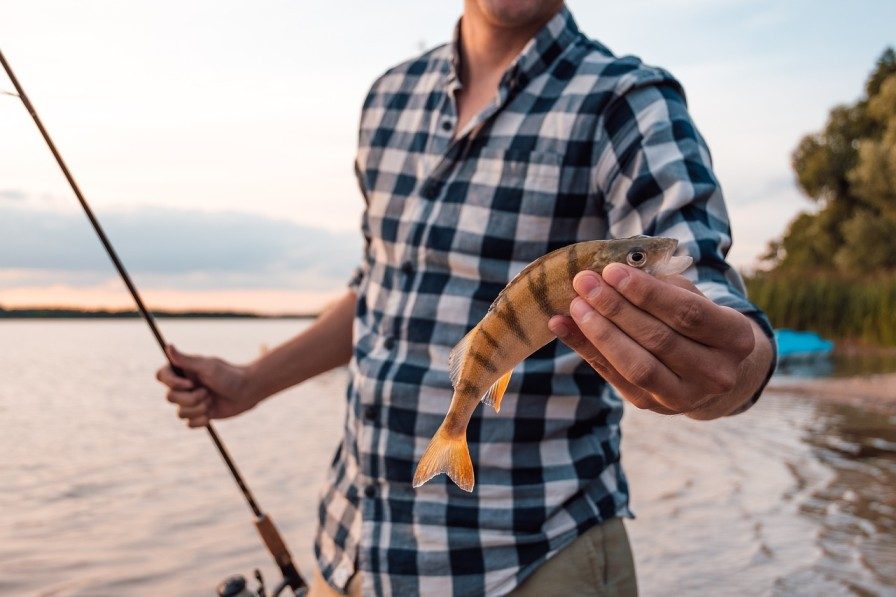
The best baits for yellow bass can be categorized into the following:
Natural and Live Bait
Worms
Special worms such as nightcrawlers and red worms are good bait for yellow bass. You may also use wax worms, as they work well on a single hook.
Spikes
Spikes are ideal for yellow bass in terms of size. To get more bites, you can attach them to a single hook or to the tip of your jigs, spoons, and spinners.
Lures
Soft Plastics for Panfish
There are different types of small, soft plastics designed to target panfish and yellow bass alike. Otherwise, you can just rip a tiny piece of your bigger baits and use it as bait to catch soft plastic for some bass.
Hair Jigs
Hair jigs are one of the best baits for yellow bass. You can either fish the smaller hair jigs or you can tip them with a little piece of worm or minnow.
Jigging Spoons
They are usually the best option when fishing deeper water. This allows you to easily catch some bass without tipping these spoons. But of course, you'll get so much more if you tip the hooks with a little piece of worm.
Inline Spinners
During seasons when white bass feed primarily on baitfish, it is tough for them to catch baitfish with inline spinners. You simply need to pull the bait out and twist it in with a consistent retrieve, and you will surely earn a bountiful catch.
Beetle Spinners
Lastly, beetle spinners are good for catching bass, especially white bass. You can keep the soft plastic trailer on or remove it and add worms or minnows to catch fish.
MORE FISHING TIPS
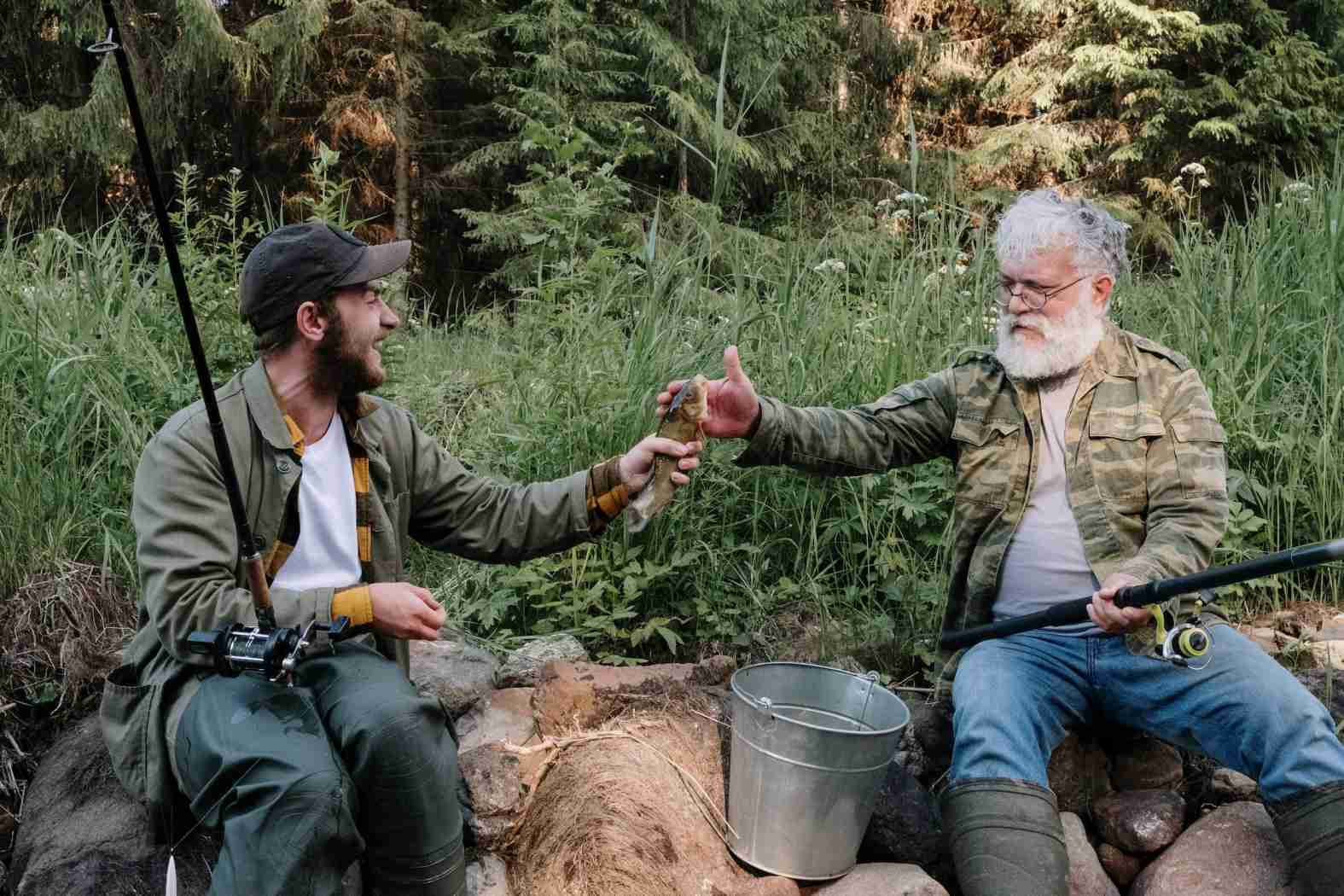
You must now know the basics of catching yellow bass, right? You've learned the various techniques to employ and the best baits to use to catch your catch.
Now, Allis, you need to gather your gear and know exactly when and where to go on your fishing trip. If you have access to an experienced angler, that's even better, so you'll earn much faster and more efficiently.
Still and all, you need to invest time and effort to learn the basics of fishing. You should know how to position yourself, where to find the fish, and what equipment and tools to use during your activity. In no time, you will become an expert on your own, where catching yellow bass will be nothing but an easy chore for you.


